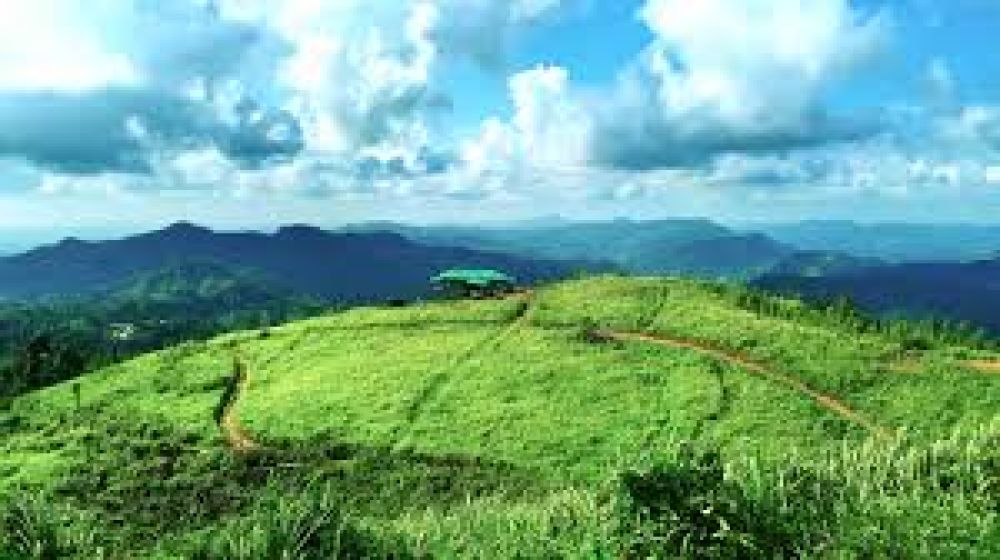

The serene and picturesque area of Ruma in the Bandarban district of Bangladesh has been a hidden gem for many years. Tourism in Ruma can be traced back to when the indigenous communities started to share their homeland with curious outsiders. The district of Bandarban, part of the Chittagong Hill Tracts, has always been known for its diverse indigenous cultures and breathtaking natural beauty.
It wasn't until the latter part of the 20th century that Ruma began to catch the attention of the outside world, primarily amongst adventure seekers and nature lovers. With the development of local infrastructure and transportation in the 1990s, Ruma became more accessible to the general public leading to a significant boost in tourism.
Historical attractions such as the Boga Lake, an enchanting lake believed to be created by a meteorite, and the Ruma Bazar, a traditional market still used by indigenous people, have been pivotal in attracting those interested in the cultural and natural heritage of the region.
Lately, Ruma has seen a shift towards sustainable and eco-friendly tourism practices aimed at preserving its pristine environment and promoting the welfare of indigenous populations. Some of the latest tourism trends in Ruma are:
Despite its rise in popularity, Ruma remains a relatively undiscovered location, often overshadowed by more well-known destinations in Bandarban such as the Nilgiri and Thanchi. However, for those in search of an off-the-beaten-path experience, Ruma offers a perfect escape with its serene environment, warm local hospitality, and rich cultural tapestry.
For those planning to visit Ruma, the best time to go is between November to March when the weather is most favorable for outdoor activities. Remember to respect local customs and regulations as Ruma is also a protected area due to its unique ecosystem and cultural significance.
Whether you're after adventure, relaxation or cultural exchange, Ruma in Bandarban, Bangladesh, welcomes you with its abound natural wonders and the warmth of its local communities.